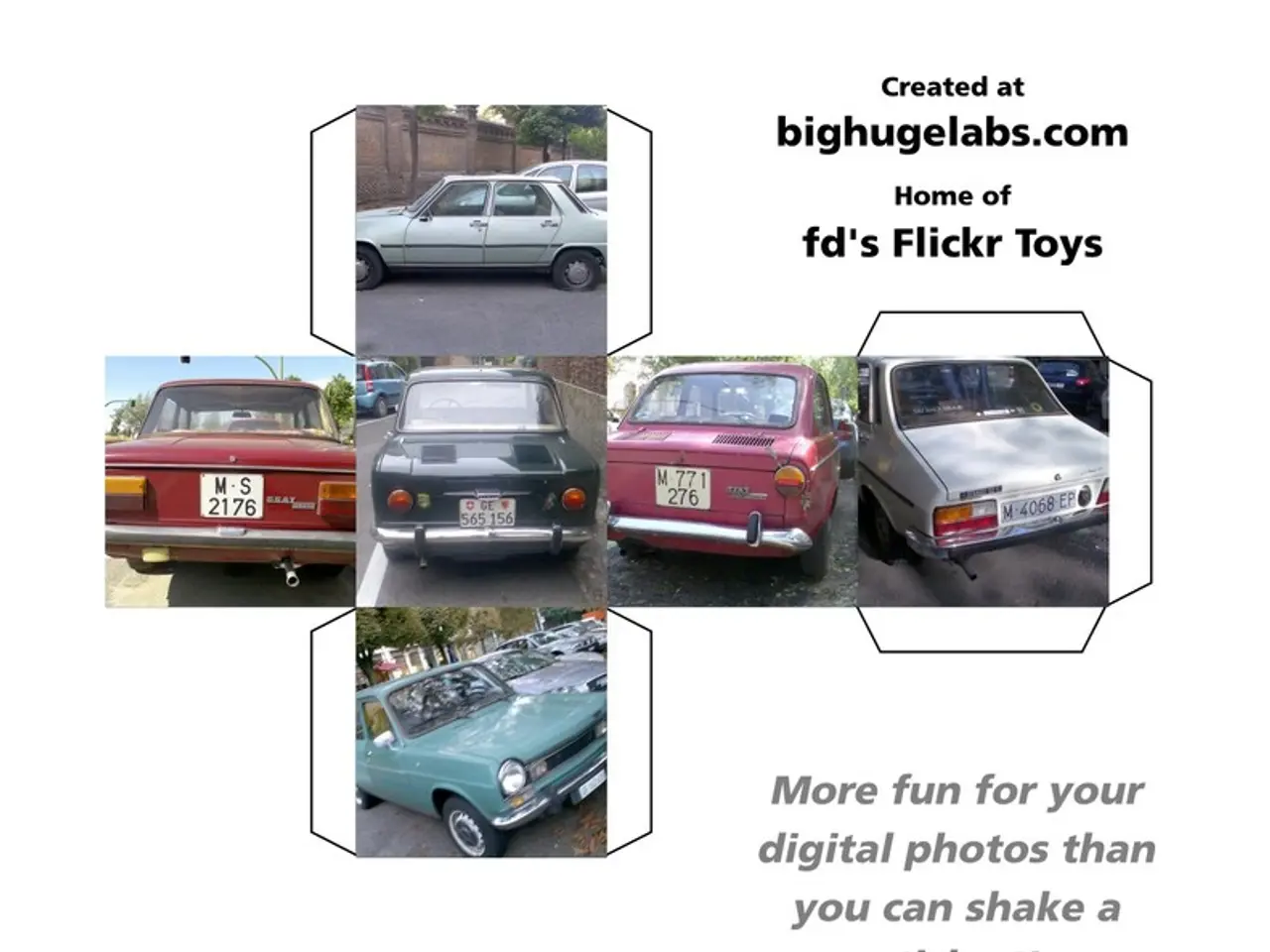Unsafe Fuel Consumption: Australian Research Reveals Hybrids Can Use Nearly One Third More Fuel Than Claimed
In a recent round of on-road vehicle testing conducted by the Australian Automobile Association (AAA), it has been discovered that some popular vehicles in Australia consume more petrol than advertised. The discrepancy between the official fuel consumption figures and real-world driving conditions has been attributed to the standardized laboratory tests that fail to replicate real-world driving scenarios.
The tests, which took place on a 93km route around Geelong in Victoria, captured emissions on urban streets, rural roads, and motorways. The results showed that on-road fuel use often exceeds lab results by 6% to 31%, with some cases up to 33% higher consumption observed in certain models, including hybrids.
The Hyundai Kona Hybrid registered the greatest gap in fuel consumption, using 33% more fuel on the road than in the lab. Other vehicles that showed significant discrepancies include the Hyundai i30 Hybrid (17%), the Toyota Fortuner (16%), and the Kia Sportage Hybrid (14%).
Twenty-five out of thirty vehicles tested did not meet their laboratory test results for fuel consumption. Interestingly, five vehicles used less fuel than expected, such as the Ford Transit van (nine per cent less), Lexus NX350h SUV (seven per cent less), and Mercedes-Benz GLC250 SUV (three per cent less).
The findings suggest a widespread issue in the automotive industry, according to the association's managing director Michael Bradley. Six vehicles tested produced more noxious emissions than allowed under the Australian standard, including the Ford Ranger ute, Toyota Hi-Ace, and Toyota Fortuner.
The AAA's Real-World Testing Program, funded by the federal government, will soon test electric vehicles and compare their on-road range to what consumers are promised. The program aims to reward carmakers that deliver genuine financial and environmental savings.
The New Vehicle Efficiency Standard is set to be introduced in 2025 in Australia. Since 2023, the Real-World Testing Program has examined emissions from 114 vehicles and found 88 models failed to meet their promised fuel consumption.
Range anxiety remains a significant barrier to electric vehicle uptake. As the program expands its tests to electric vehicles, it will provide a more practical and relevant indication of what motorists can expect, helping to alleviate range anxiety and promote the adoption of electric vehicles.
- The AAA's Real-World Testing Program, which has revealed discrepancies in fuel consumption among various vehicles, is funded in part by the finance sector and aims to encourage automotive industry players to deliver genuine financial savings.
- As the Real-World Testing Program expands its tests to include electric vehicles, it will provide valuable data on on-road range, helping to reduce range anxiety and Foster growth in the transportation sector's transition towards greener, electric vehicles.




